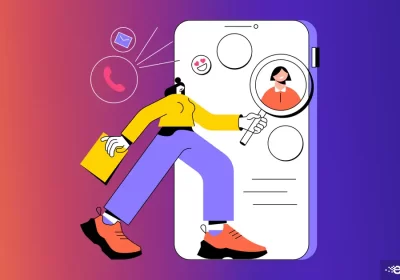Social Commerce: Don’t Put All Your Eggs In One Basket
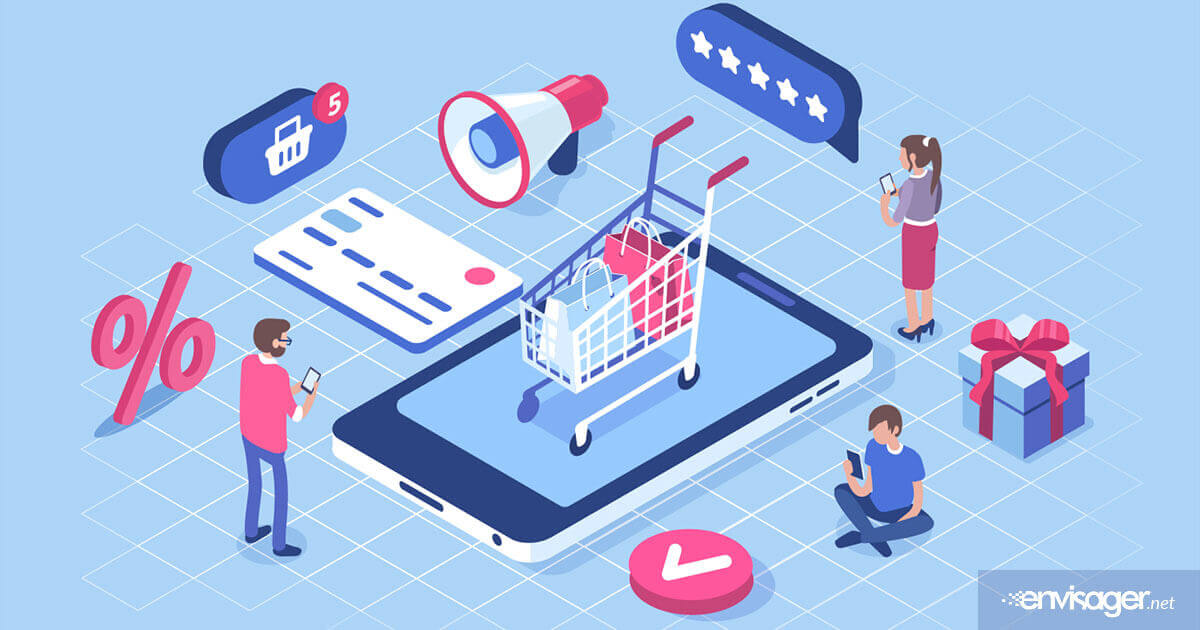
Social Commerce is the direct use of social networks to drive sales for your business. Some businesses have great success selling products on established social networks. So much so, that they don’t bother to have this functionality on their on website.
We think that’s a big mistake. Why? Because as we explain to our clients, the social networks is not your website. You don’t have full creative control over what you sell or how to run your campaigns.
We believe that your business website is the foundation of your online presence. Everything should either begin on and/or ultimately refer back to your business website.
What will happen to your revenue if that social network decides to pull the plug? As we all know, social media giants like Facebook, Twitter and others are notorious for changing things up. And can you blame them? You shouldn’t. They are doing what’s best for their company just as you should be doing for yours. However, many businesses are drawn into what’s trending instead of focusing on their own business plan and goals.
Using Social Commerce As A Secondary Top Level Marketing Strategy
Having the ability to generate revenue via social networks is a good thing. However, buying and selling products is not the original intent of these platforms. Besides, owning the experience 100% and getting the brand boost is the idea way to go.
Then, optimize social commerce if it’s converting as a secondary market strategy for driving sales.
Here’s Why Social Commerce Has Become So Popular
Currently, there are three social media sites that are taking social commerce to the next level: Facebook, Twitter and Pinterest.
1. Facebook
In 2014 Facebook started testing their “Buy” buttons inside the News Feed posts and ads. Today, users can setup and entire store with products in their Facebook business accounts. Plus, businesses use Messenger to interact with consumers before and after purchase.
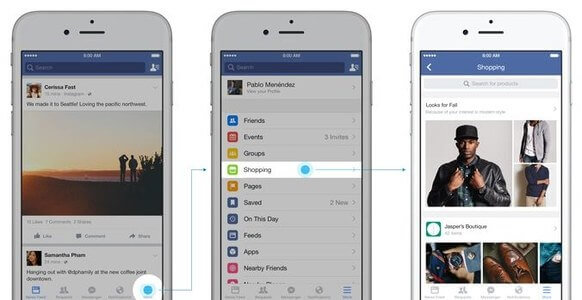
With a Facebook Shop, you can:
Create a product catalog
Add products with images and descriptions
Sell directly from your Facebook business page
Manage your shop’s products
Get analytics
2. Twitter
Consumers also have the option to shop on Twitter now. Twitter has established brand best practices like properly using hashtags and creating engaging tweets.
Here’s an example:
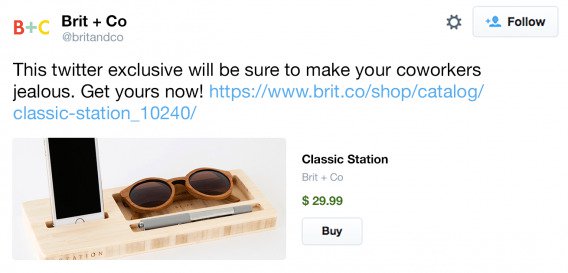
Just like boosting a post or Facebook ads, you can promote tweets on Twitter. Promoted tweets help you reach a larger audience. Twitter for Business allows you to use your Lists to group prospects in ways that make sense to your sales strategy.
But, beware to engage your prospects versus selling to them. Remember, this is social selling, not the old method of cold-calling. Instead, take the time to answer their tweets. Let them get familiar with your brand and presence.
3. Pinterest
Pinterest announced Buyable Pins in June 2015. About 93% of pinners use the site to research products and purchasing plans. There are a few industries that dominate on Pinterest like beauty, cooking, fashion and homemade goods. So, while Pinterest Ads or Promoted Pins do work, they work best for those industries.
here’s a look at Pinterest social selling flow:
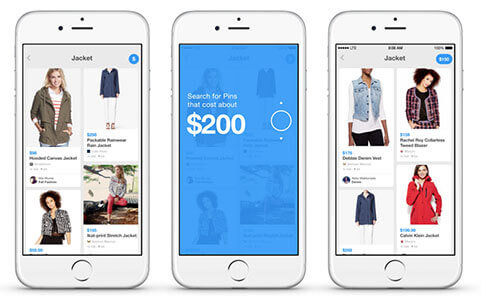
However, with fine-tuned targeting and creative angles, your business could rock Pinterest campaigns too.
Also, you promote pins similar to boosting a Facebook post/product or promoted tweets. And, just like Facebook and Twitter, customers buy directly on your Pinterest page without ever having to leave.
What’s interesting about Pinterest is that 80% of the pins are repins. So, make sure your content’s color is vivid and the correct size of 2:3 ratio. For example, 600 x 900.
Wrapping it up
While some business are completely sold on social selling, other businesses are not. Best advice is make social commerce your secondary selling tool and your website primary. This way you want be up the creek when changes happen. Your whole selling strategy will be dismantled.
You may also enjoy reading: Envisager Studio Recognized For Superior Web Design Services

Hazel Burgess
FOUNDER/SEO DIRECTOR
Hazel is the Founder & SEO Director at Envisager Studio, a premier website design agency specializing in WordPress website design, development and internet marketing. In her spare time, she writes about search engine optimization, website design, and internet marketing.

